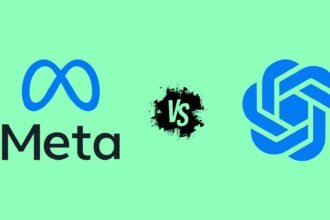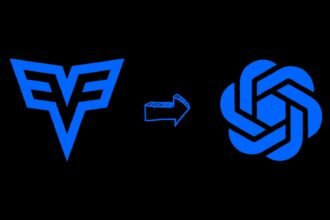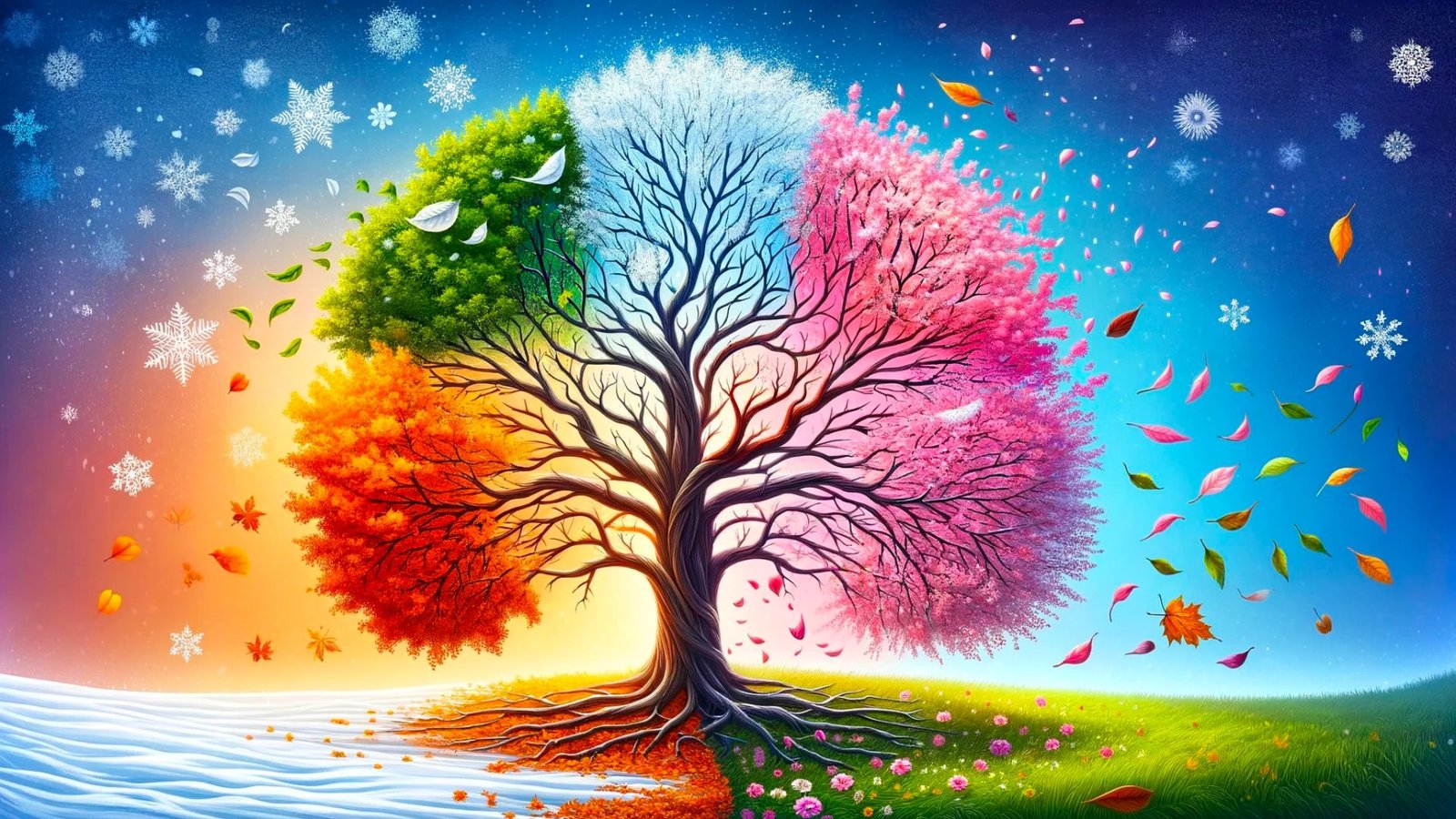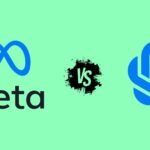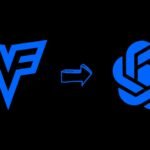Tensor Art revolutionizes image generation by simplifying the use of AI, making the creation of stunning visuals accessible to artists and creators of all skill levels.
Built on the robust Stable Diffusion platform, it transforms textual prompts into incredibly lifelike images with ease. Whether you’re an experienced artist or just starting, Tensor Art is your gateway to exploring and actualizing the vast potential of AI-driven creativity.
Let’s delve into the essence of Tensor Art and how it harnesses Stable Diffusion to convert imaginative concepts into visually captivating art.
What is Tensor Art in Stable Diffusion?
Tensor Art serves as a user-friendly portal to the world of Stable Diffusion, an open-source AI capable of crafting images from textual descriptions with astounding accuracy and detail.
This intuitive platform democratizes the process of AI art generation, enabling both seasoned artists and novices to effortlessly translate their creative thoughts into beautiful, intricate artworks.
With Tensor Art’s foundation rooted in Stable Diffusion, creating images becomes a matter of articulating your vision in words. From whimsical scenarios to intricate landscapes or stylized character renditions, Tensor Art’s AI interprets and realizes your prompts with remarkable finesse.
How Tensor Art Applies Stable Diffusion
Tensor Art harnesses Stable Diffusion models, providing a seamless interface and specialized tools for crafting art. It guides users from selecting the right AI model to perfecting prompts, offering various customization options to shape style, quality, and composition.
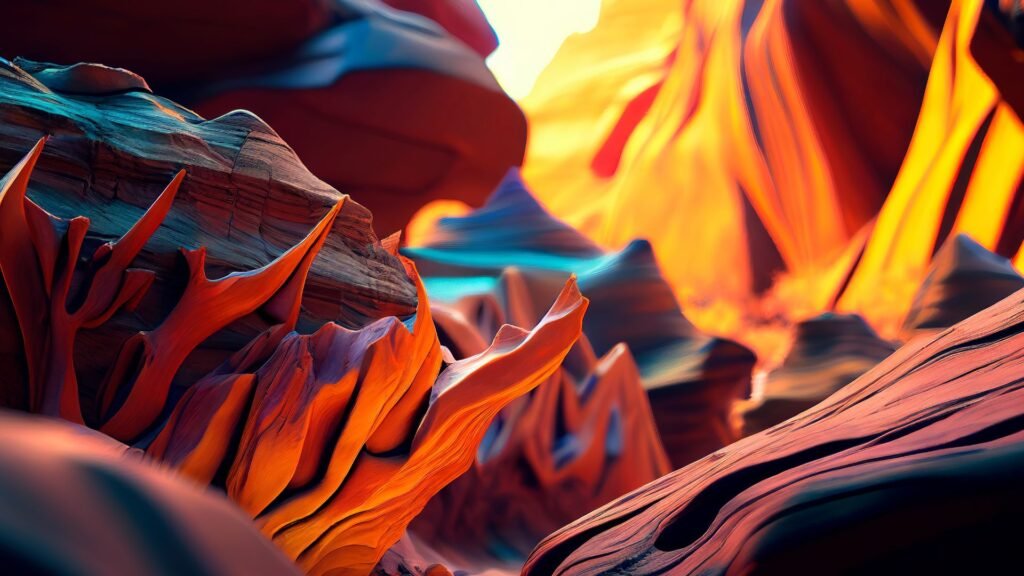
Below is a detailed breakdown of Tensor Art’s approach to using Stable Diffusion:
1. AI Model Selection
Tensor Art bases its functionality on selecting an appropriate AI model. It offers several versions of Stable Diffusion, each catering to different artistic needs:
- Stable Diffusion v1.5: The versatile original model.
- Stable Diffusion v2.1: Offers improved quality and coherence.
- Stable Diffusion XL: Delivers higher resolution and detail.
Specialized models are also available, focusing on particular art styles, such as anime or Impressionist, enhancing the relevance of generated images.
2. Quality Enhancement with LoRAs
LoRAs are compact files that refine AI models. Tensor Art employs LoRAs to improve specific elements, ensuring:
- Natural-looking faces, hands, and fingers.
- Detailed eyes with realistic reflections.
- Lifelike skin tones and textures.
These adjustments ensure the AI renders these aspects with precision.
3. Utilization of Upscalers
Tensor Art incorporates upscalers to further polish image quality:
- VAE: Enhances fine details and color vibrancy.
- ADetailer: Rectifies distortions, particularly in faces and hands.
These tools address and rectify imperfections, yielding images with improved clarity and reduced artifacts.
4. Crafting Effective Prompts
The platform aids users in creating impactful prompts, providing templates and examples. Effective prompts involve:
- Detailed descriptions of the subject, style, and composition.
- Clear and structured language.
- Negative prompts to eliminate undesired elements.
Detailed and precise prompts guide the AI more effectively.
5. Image-to-Image Features
Tensor Art supports image prompting, allowing users to provide a reference image to dictate:
- Color schemes.
- Specific poses or compositions.
- General mood or aesthetic.
The AI integrates aspects of the reference into the generated artwork. ControlNet feature can blend the provided image with the prompt to match composition or pose.
6. Presentation Customization
The platform enables users to tailor presentation aspects, such as:
- Aspect ratios (square, panoramic, portrait).
- Image resolution settings.
- HiRes.fix for upscaling images for specific print sizes.
This flexibility ensures artwork is optimized for various displays, from mobile wallpapers to canvas prints.
7. Fine-Tuning Diffusion Parameters
Users can refine the outcome by adjusting diffusion settings:
- Sampling methods influence the AI’s image construction process.
- Increasing diffusion steps leads to a more gradual rendering process.
- CFG scale dictates the AI’s adherence to the textual prompt.
Additionally, setting a consistent random seed maintains uniformity across multiple image generations.
Tensor Art, through these comprehensive features, empowers users to create meticulously tailored and high-quality art pieces using Stable Diffusion technology.
Realize Your Creative Visions with Tensor Art
Tensor Art equips you with a suite of versatile tools to leverage Stable Diffusion’s prowess in AI-generated art. Its user-friendly interface encourages experimentation with various models, prompts, and settings, catering to creatives across the spectrum.
Whether your artistic inclinations lean towards abstract digital pieces, lifelike portraits, or the most fantastical concepts, Tensor Art provides the means to bring them to life.
Dive into this platform and unleash your artistic potential, transforming your unique visions into mesmerizing AI-generated masterpieces.
Key Features of Stable Diffusion in Tensor Art
Tensor Art incorporates all the advanced features of Stable Diffusion, ensuring a comprehensive and enriching creative experience:
- Adjustable Quality: Tailor your creations to your preference, from crisp 1024 x 1024 images to stunning 8K ultra-high-resolution artworks.
- Cross-Language Support: Input prompts in over 20 languages, including English, Chinese, Japanese, Korean, and Spanish, broadening creative expression.
- Inpainting and Outpainting: Enhance existing images by intelligently filling gaps or creatively extending beyond the current frame, all guided by AI.
- Advanced Image Variations: Explore new artistic possibilities by generating a collection of unique, yet thematically related images from a single description.
- Textual Inversion: Refine the model to recognize specific concepts, characters, or settings, ensuring contextually accurate and relevant image generation.
FAQs: Tensor Art in Stable Diffusion
-
How does Tensor Art apply Stable Diffusion?
Tensor Art uses AI models, quality enhancers (LoRAs), upscalers, effective prompts, image-to-image features, and presentation customization.
-
What are the key features of Stable Diffusion in Tensor Art?
Features include adjustable quality, cross-language support, inpainting/outpainting, advanced image variations, and textual inversion.
-
Can you fine-tune images generated by Tensor Art?
Yes, you can refine images by adjusting diffusion parameters like sampling methods, diffusion steps, and CFG scale.
-
Who can use Tensor Art?
Tensor Art is designed for artists and creators of all skill levels, aiming to simplify the creation of AI-generated art.
Conclusion
Tensor Art stands out as a powerful, user-friendly platform for generating AI-driven art, leveraging the advanced capabilities of Stable Diffusion.
It provides an intuitive means for both novices and experts to produce art that resonates with their vision.
With the comprehensive features and customization options of Tensor Art and Stable Diffusion, the horizon of artistic possibilities expands infinitely.
Embrace the opportunity to transform your imaginative concepts into stunning AI-crafted artworks with Tensor Art. Begin your creative journey today and witness your ideas materialize into breathtaking visual realities!

